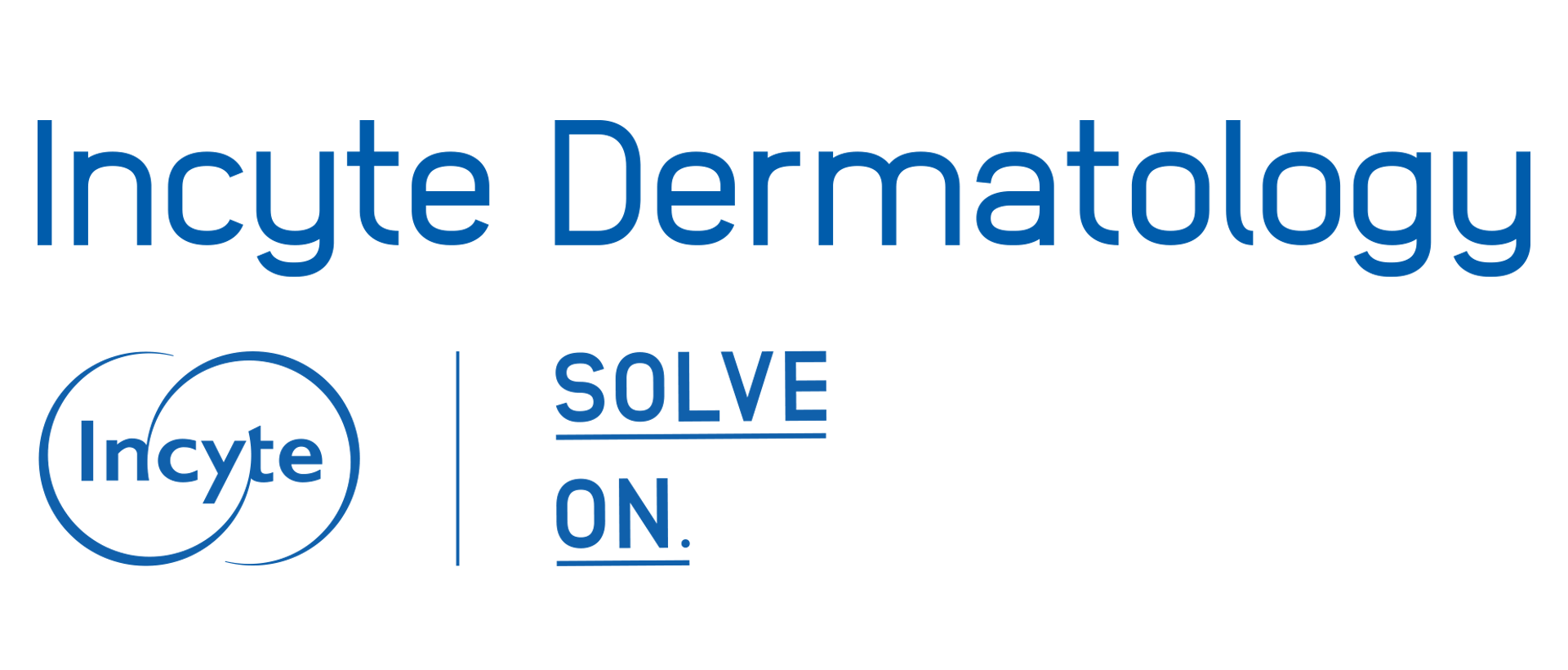The profound dermatological manifestations of COVID-19: Part VII — Who was that masked man?

By Warren R. Heymann, MD
Sept. 23, 2020
Vol. 2, No. 38
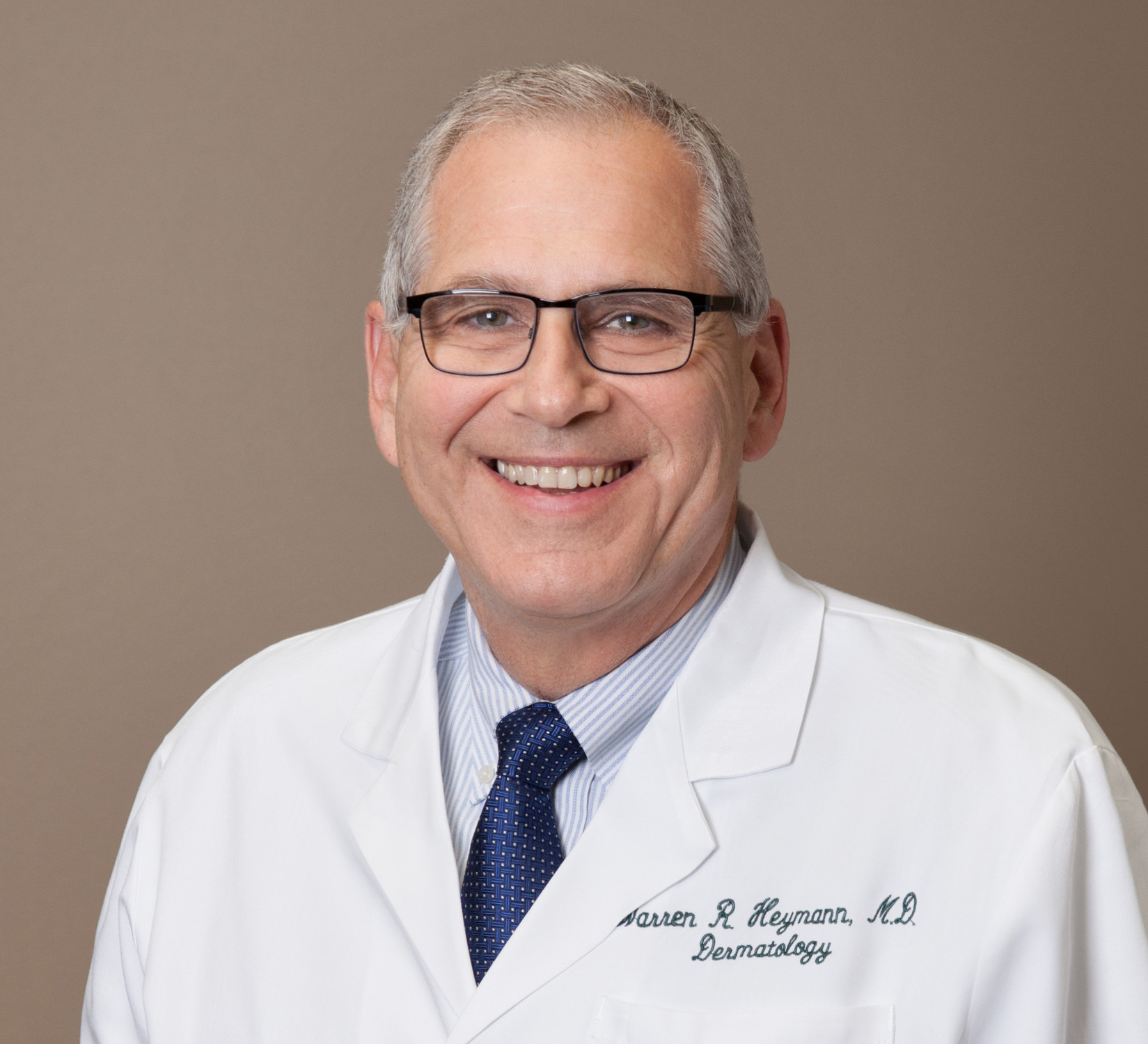
Strategies targeting susceptible populations, notably social distancing, hand hygiene, and face masks may help contain the COVID-19 pandemic. Even though nonmedical masks may not prevent the mask-wearing person from infection, such masks reduce the spread of droplets and infectious aerosols, thereby protecting others from the virus. (1)
Christen Mowad ably reviewed the dermatological risks of personal protective equipment last month, focusing on allergic and irritant contact dermatitis for masks and gloves.
Upon reviewing pathology reports from patients I had seen over the past week, it dawned on me that the most significant adverse effect of wearing masks may not be on the skin, but rather on the patient-physician relationship. I reached this epiphany because I could not recall some of the (mostly new) patients upon reading their results. This was never an issue for me pre-COVID, nor (I hope!) is it a harbinger of senility — I realized that I have not “seen” these patients, in the same way my iPhone does not recognize me with my mask on.

Human beings are extraordinarily proficient in facial recognition by discriminating emotions associated with facial expressions. Observers rely mostly on the eyes, reflecting sadness or fear, and the mouth, expressing a range of emotion from disgust to joy. (2)
Everyone in our practice is required to wear masks in the clinical arena. As a dermatologist, by necessity, the patient’s mask comes off in order to assess facial skin for a hidden rash or lesion. The time for that examination is brief and the mask gets placed back in position once the condition is evaluated. In pre-pandemic life there would be adequate face-to-face exposure to learn enough about a patient — who they are physically and emotionally — that their facial image would register. Personally, I have difficulty reading eye expressions, with the exception of a huge smile (hidden by the mask) that raises the cheeks and makes the eyes smaller.
Without observing their non-verbal cues, am I detecting patient fears, concerns, or understanding? This is bidirectional — patients are not necessarily reading my emotions either. Reliance on other body language and voice timbre becomes critical. The risk for miscommunication is heightened, and I predict, the ability to offer empathy diminished (especially without being able to gently hold a hand or touch a shoulder). Most importantly, prior to March 2020, I would easily remember the patient — the cornerstone of providing optimal care. Even with the best intentions, recalling patients has become much more difficult in the COVID-19 era.
Interestingly, for some individuals suffering from social phobia or anxiety, wearing a mask may be welcome, because they prefer to hide their emotional state from the world. They dread that the world may see them blush or overtly display anxiety; masks prevent society from making negative judgments about them. (3) Additionally, for those returning to work, the personal psychoneuroimmunology measures of hand hygiene and wearing face masks (in addition to office measures such as improved ventilation) has instilled confidence for work resumption. (4)
According to Clerici et al, however, “The scientific literature is already reporting on the psychological fallout on the general population of the pandemic and the collective measures taken to contain it. The effects include rising levels of demoralization, anxiety, despair, depression, and sleep disorders, and there is a risk of a worsening mental health in patients with psychiatric disorders.” (5).
Until such time the COVID-19 passes, be it by vaccination or herd immunity, we must put patient and staff safety first by encouraging social distancing, hand hygiene, and wearing masks. Regardless, we cannot ignore the potential downside of the masks as it may adversely affect empathy and understanding — seemingly in short supply. As a child, I loved watching Clayton Moore as the Lone Ranger. After his good deed, the aided person would ask “Who was that masked man?” I encourage all of us to spend an extra moment to learn who the patient is behind their mask.
Point to Remember: Masks are essential in containing spread of COVID-19. Unfortunately, masks may also hide emotion and non-verbal communication bidirectionally in a patient encounter. Every effort must be made to learn who is behind the mask.
Our Experts’ Viewpoints
Rick Fried, MD, PhD
Dermatologist/Clinical Psychologist
Clinical Director
Yardley Dermatology Associates
Yardley Clinical Research Associates
The PPE that we wear when in narrow proximity to others literally and figuratively illustrate the danger of closeness and exposure. Close proximity to another human being has become dangerous. They may harbor a fatal and invisible threat to us, our loved ones, and society. Already fragile and turmoiled, we are now “faced” with even more imminent threats. Who do we trust? How do we proceed?
I cannot more fully agree with Dr. Heymann. We need for ourselves and our patients to look beyond the mask to the best of our ability. Perhaps when someone is exposed to their healer, illness can be better cured and anxiety better allayed.
Perhaps, at appropriate social distance, we should “keep our masks with breath held” as a sign of respect and connection that will allow both parties to better read facial cues and connect with one another.
Danielle M. DeHoratius, MD
Due to unfortunate circumstances I have needed both acute and chronic medical care since the start of COVID-19 but not related to COVID-19. I have experienced Dr. Heymann’s perspective from both ends, as a practitioner and patient. When I read Dr. Heymann’s entry I had a visceral reaction. I couldn’t agree more with his concern. I have lost sleep not necessarily about what I have to endure as a patient but more about the fact that a profession I know and love is deteriorating from a knowledgeable patient perspective!
I believe that the masks only magnify an underlying issue of decreasing empathy overall. Over the years there seems to be more complacency in medicine despite the current explanation, COVID-19. Physical exams have gone by the wayside and there is an urgency to discharge. Loved ones cannot accompany their family or friends into the hospital for surgery or during their stay. I wonder if medical errors will be on the rise? No one other than the patient is available to catch mistakes and omissions may go unnoticed. Patients now, more than ever, are asked to have blind faith in the medical system as they forge ahead during these times. I don’t feel as if I am as old as I sound. Did I walk a mile to go to elementary school in bare feet? I hope someday we are able to return to a time when it is much easier to make connections with patients. Also, a time when we can focus on nuances of the art of medicine rather than the idiosyncrasies of getting the PPE fitting correctly to be comfortable for the entire day. It is a privilege to provide care to patients especially in difficult times. Even during stressful COVID-19 times we are all lucky to call this our occupation. That said, I much prefer being on the practitioner end!
Betsch C, Korn L, Sprengholz P, et al. Social and behavioral consequences of mask policies during the COVID-19 pandemic. Proc Natl Acad Sci U S A. 2020;117(36):21851-21853. doi:10.1073/pnas.2011674117
Wegrzyn M, Vogt M, Kireclioglu B, Schneider J, Kissler J. Mapping the emotional face. How individual face parts contribute to successful emotion recognition. PLoS One. 2017;12(5):e0177239. Published 2017 May 11. doi:10.1371/journal.pone.0177239
Persaud R, Bruggen P. The psychology of wearing a face mask. Psychology Today. Posted May 13, 2020.
Tan W, Hao F, McIntyre RS, et al. Is returning to work during the COVID-19 pandemic stressful? A study on immediate mental health status and psychoneuroimmunity prevention measures of Chinese workforce. Brain Behav Immun. 2020;87:84-92. doi:10.1016/j.bbi.2020.04.055
Clerici CA, Massimino M, Ferrari A. On the clinical psychologist's role in the time of COVID-19, with particular reference to experience gained in pediatric oncology [published online ahead of print, 2020 Jun 5]. Psychooncology. 2020;10.1002/pon.5418. doi:10.1002/pon.5418
All content found on Dermatology World Insights and Inquiries, including: text, images, video, audio, or other formats, were created for informational purposes only. The content represents the opinions of the authors and should not be interpreted as the official AAD position on any topic addressed. It is not intended to be a substitute for professional medical advice, diagnosis, or treatment.
DW Insights and Inquiries archive
Explore hundreds of Dermatology World Insights and Inquiries articles by clinical area, specific condition, or medical journal source.
All content solely developed by the American Academy of Dermatology
The American Academy of Dermatology gratefully acknowledges the support from Incyte Dermatology.
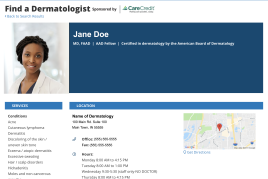 Make it easy for patients to find you.
Make it easy for patients to find you.
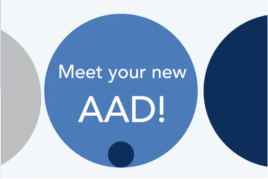 Meet the new AAD
Meet the new AAD
 2022 AAD VMX
2022 AAD VMX
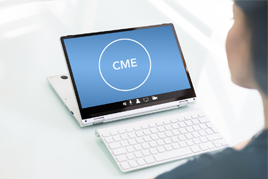 AAD Learning Center
AAD Learning Center
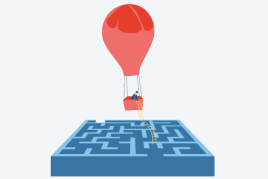 Need coding help?
Need coding help?
 Reduce burdens
Reduce burdens
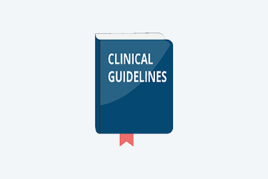 Clinical guidelines
Clinical guidelines
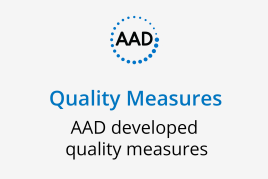 Why use AAD measures?
Why use AAD measures?
 Latest news
Latest news
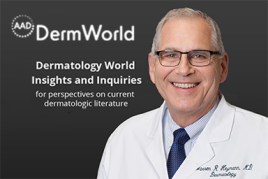 New insights
New insights
 Combat burnout
Combat burnout
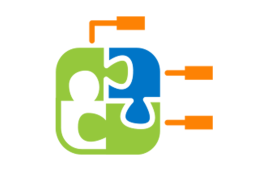 Joining or selling a practice?
Joining or selling a practice?
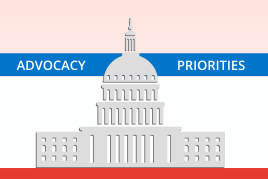 Advocacy priorities
Advocacy priorities
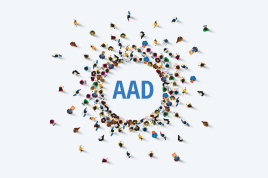 Promote the specialty
Promote the specialty
